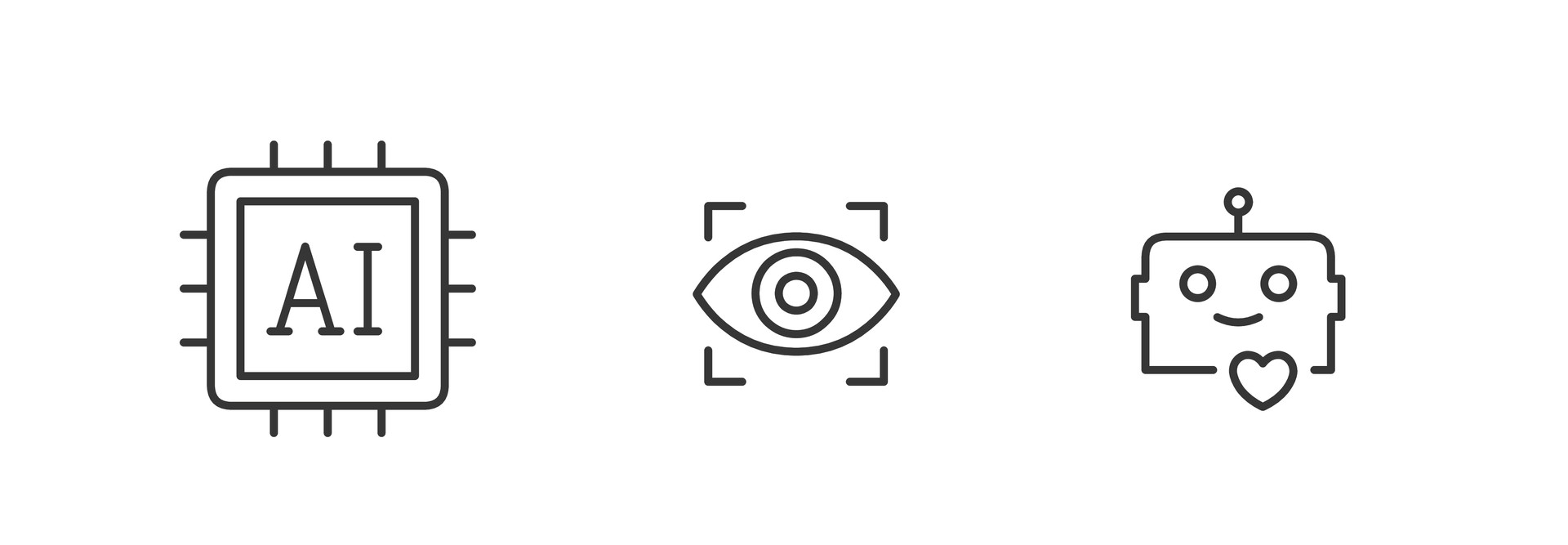Data, AI and Collaboration Top Higher Ed Tech Trends
Ever-changing technology has presented university leaders with new ways to innovate and boost student experiences. Data can increase student success and retention while artificial intelligence can support the personalization of learning.
These trends may have popped up first at the most tech-savvy institutions, but they have since become popular across higher education.
EdTech caught up with Microsoft’s VP for worldwide education, Anthony Salcito, at EDUCAUSE 2017 to discuss these trends and how the tech giant’s tools can help colleges embrace them.
SIGN UP: Get more news from the EdTech newsletter in your inbox every two weeks!
Data Is Part of Everything, But AI Boosts Functionality
While it’s well known that data is a great tool for boosting retention, universities have embraced the data produced by their connected campuses in a wide variety of ways.
Salcito says that the data utilization trend at the university level has shifted from collection and display to real integration.
“Data was strewn all over institutions in different silos,” says Salcito. “We’re seeing institutions want to consolidate that data in some places.”
This is where artificial intelligence comes in. Salcito says data systems powered by AI can help create trend insights and projections. Using AI, he predicts that universities will be able to establish a foundation to use data to drive efficiencies in many aspects of campus life, from learning to infrastructure and management.
“At Microsoft, we call it democratizing artificial intelligence,” says Salcito. “It starts with bringing artificial intelligence into our core products, the one used by students and faculty every day.”
Salcito cites PowerPoint as an example. Using AI and Microsoft Translator, educators can present in the native language of their choice and provide subtitles in more than 61 languages. Students can also log in and view presentations in any of the languages.
Workplace Collaboration Tools Close Skill Gaps
Increasing pressure on colleges to prepare students for today’s workplace is a boon for technology, according to Salcito.
While some universities have leveraged business partnerships and apprenticeship programs to help close the skills gap that exists between college graduates and the jobs they wish to fill, universities can also do this through the tech tools they choose.
“We’re learning about how we can build a bridge between what technology is being used in the enterprise and the experiences that we have in higher education,” says Salcito.
One example of this is Microsoft Teams, a collaboration hub that has found success in K–12 education. The tool, which is free for higher ed institutions to use, can assist in integrating apps and provide a place for quizzes and discussions.
While students are already regularly using collaboration tools to access classes outside of campus and connect with each other and faculty, Salcito believes that a more institution-wide approach to collaboration can mimic the work environment students will enter.
“The skills, the requirements of the workplace are fundamentally different in the global environment we live in,” he says.









